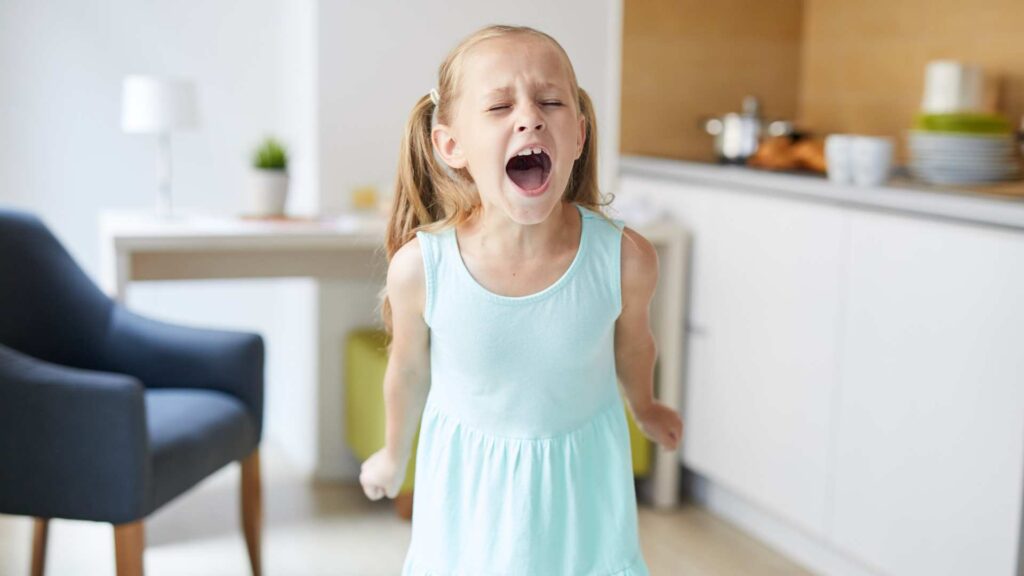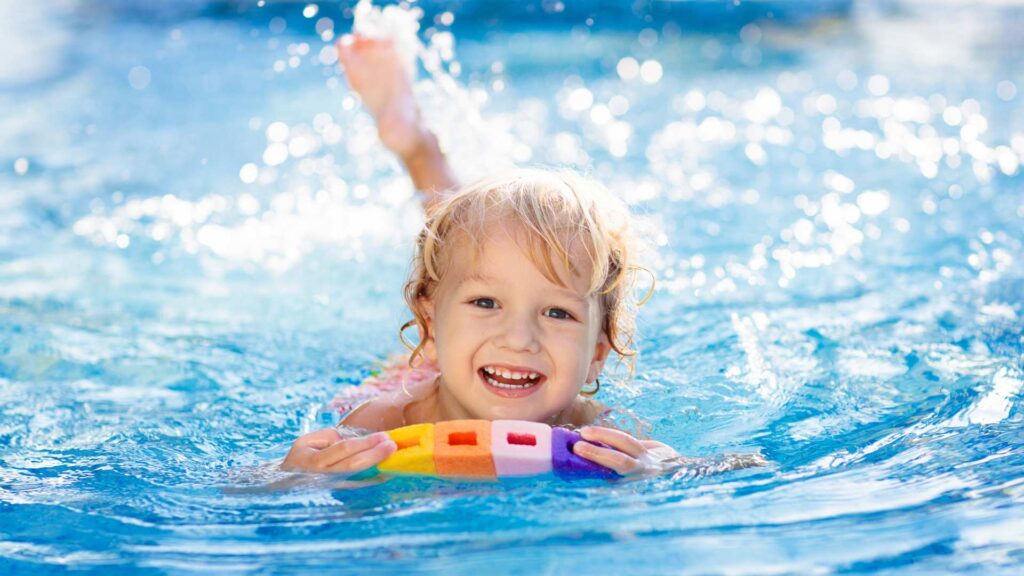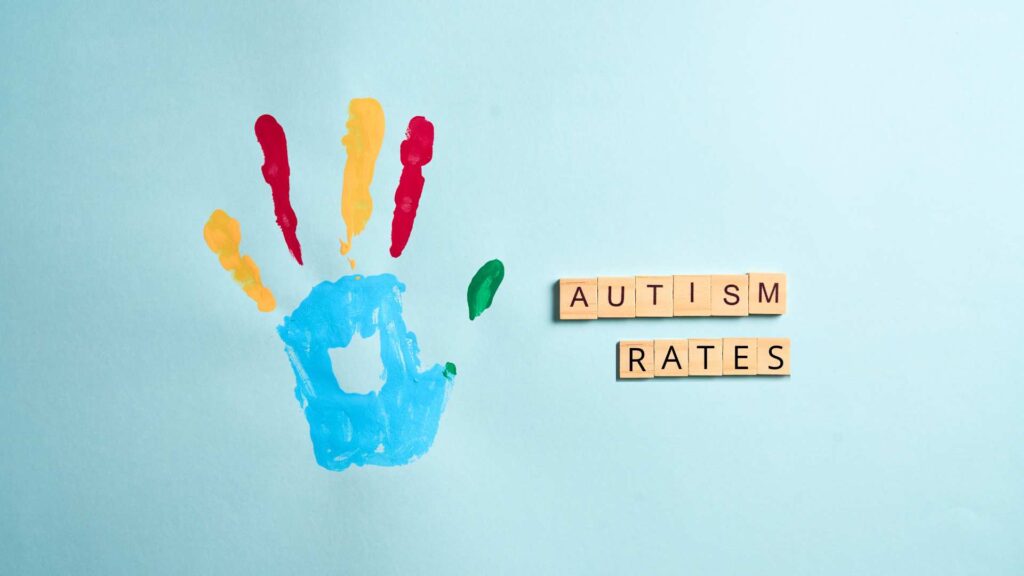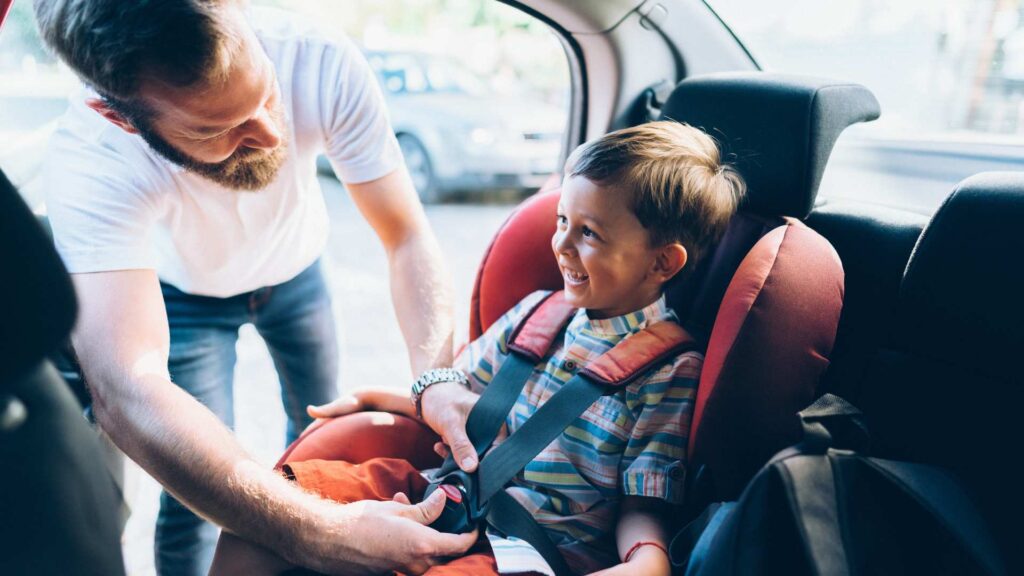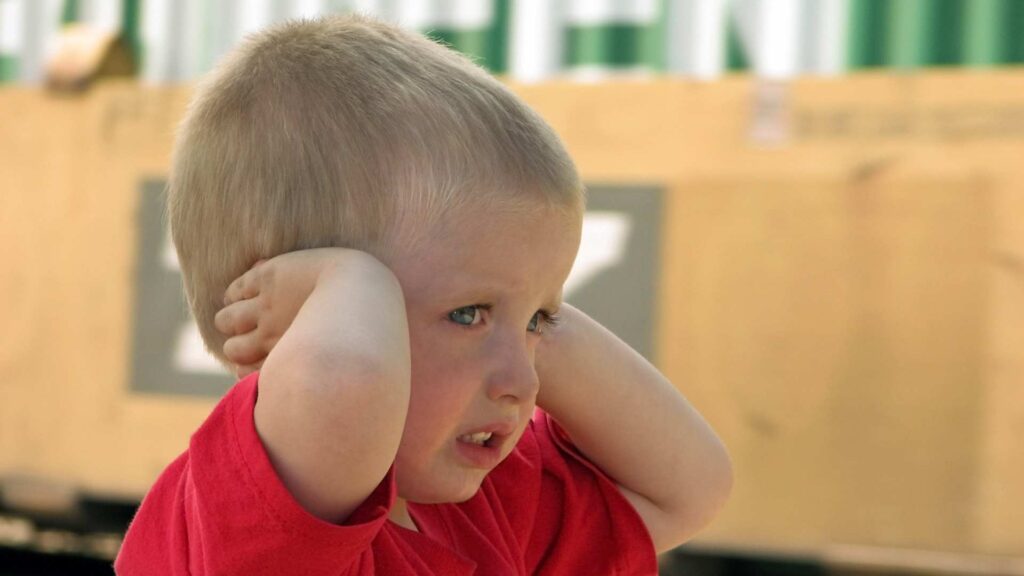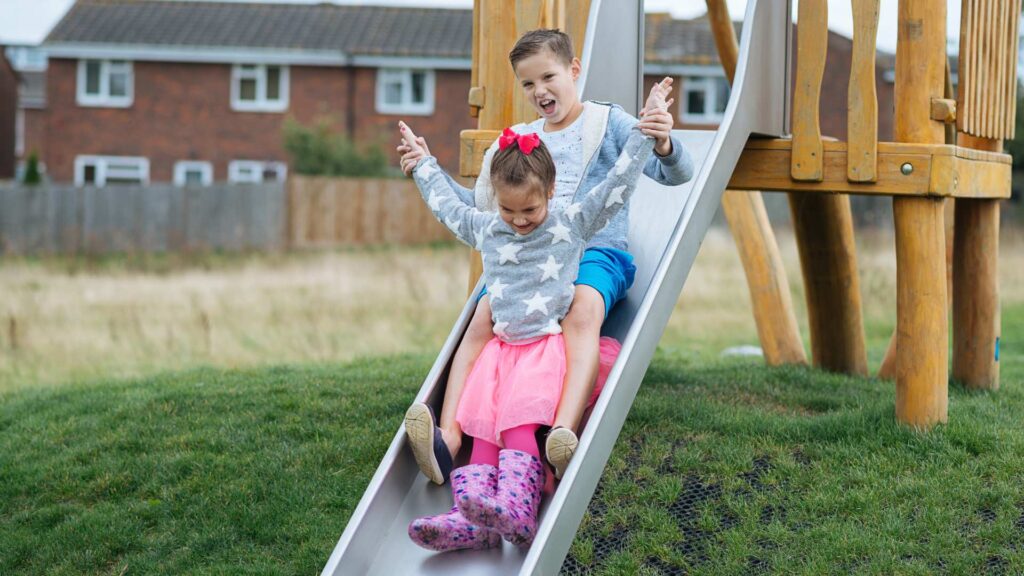Autism Meltdown vs Tantrum: Understanding the Difference and Supporting Your Child
When your child suddenly breaks down in public, screaming and crying, it’s easy to feel overwhelmed and unsure of how to respond. Parents of children on the autism spectrum face a unique challenge: learning to distinguish between an autism meltdown vs tantrum. These two behaviors may look similar from the outside, but their root causes, emotional responses, and solutions differ significantly from one another.
Autism Meltdown vs Tantrum: Understanding the Difference and Supporting Your Child Leer más »

